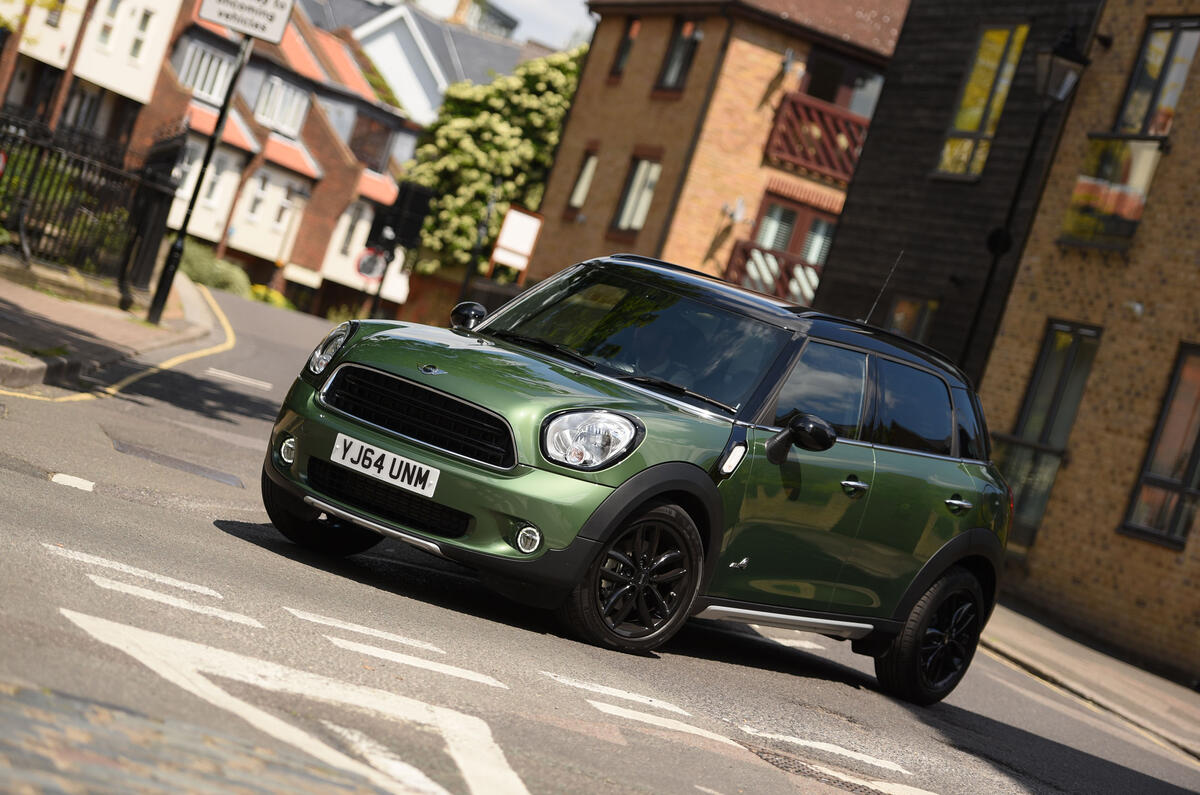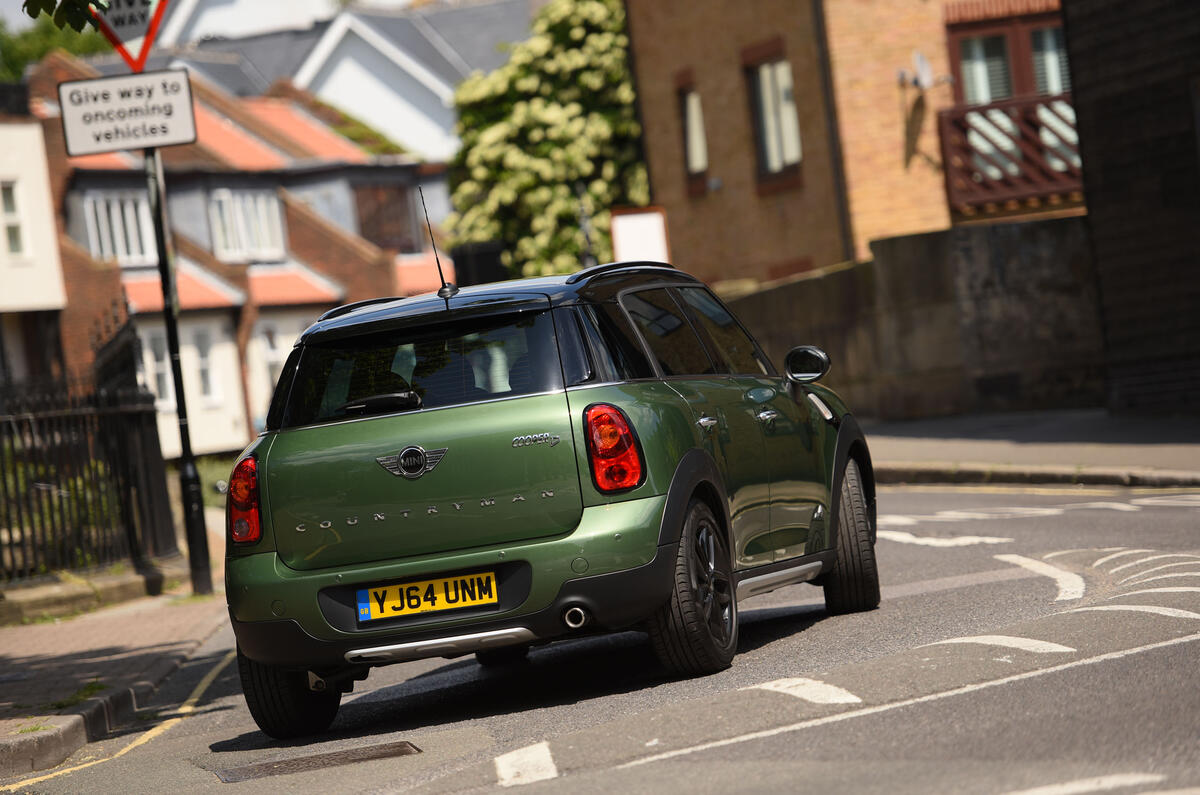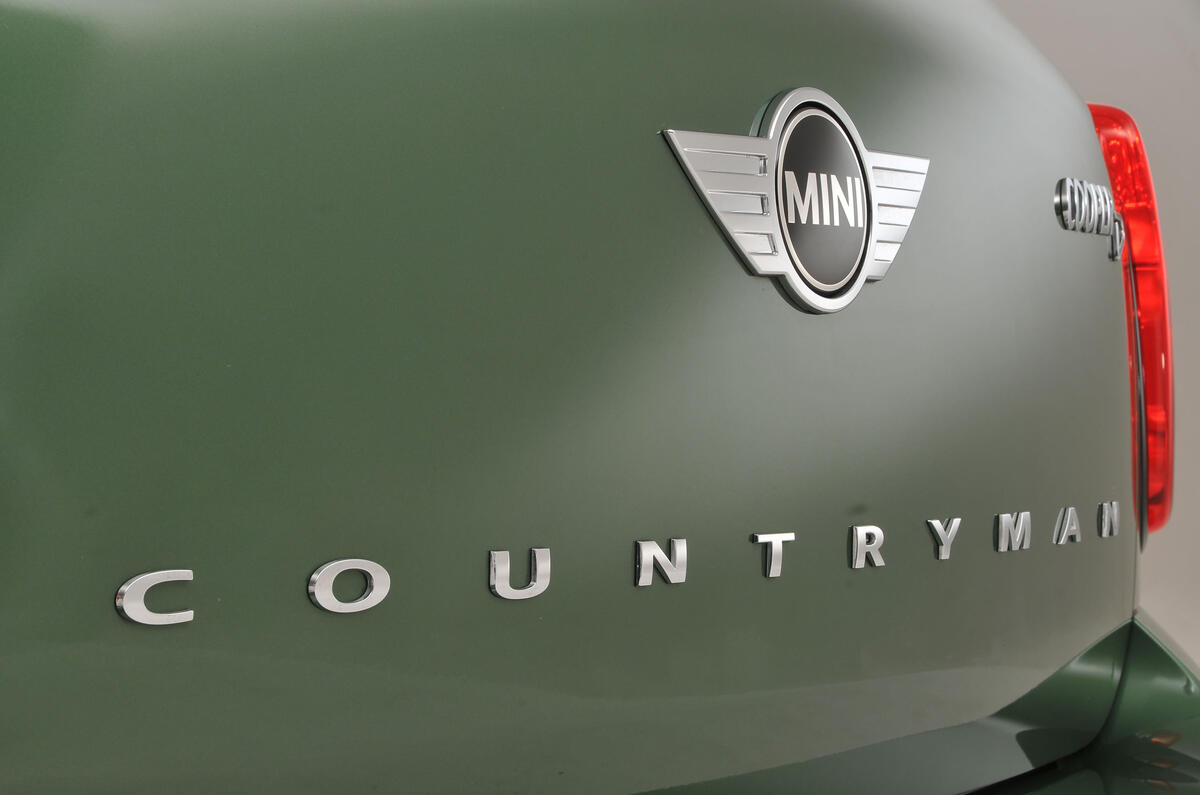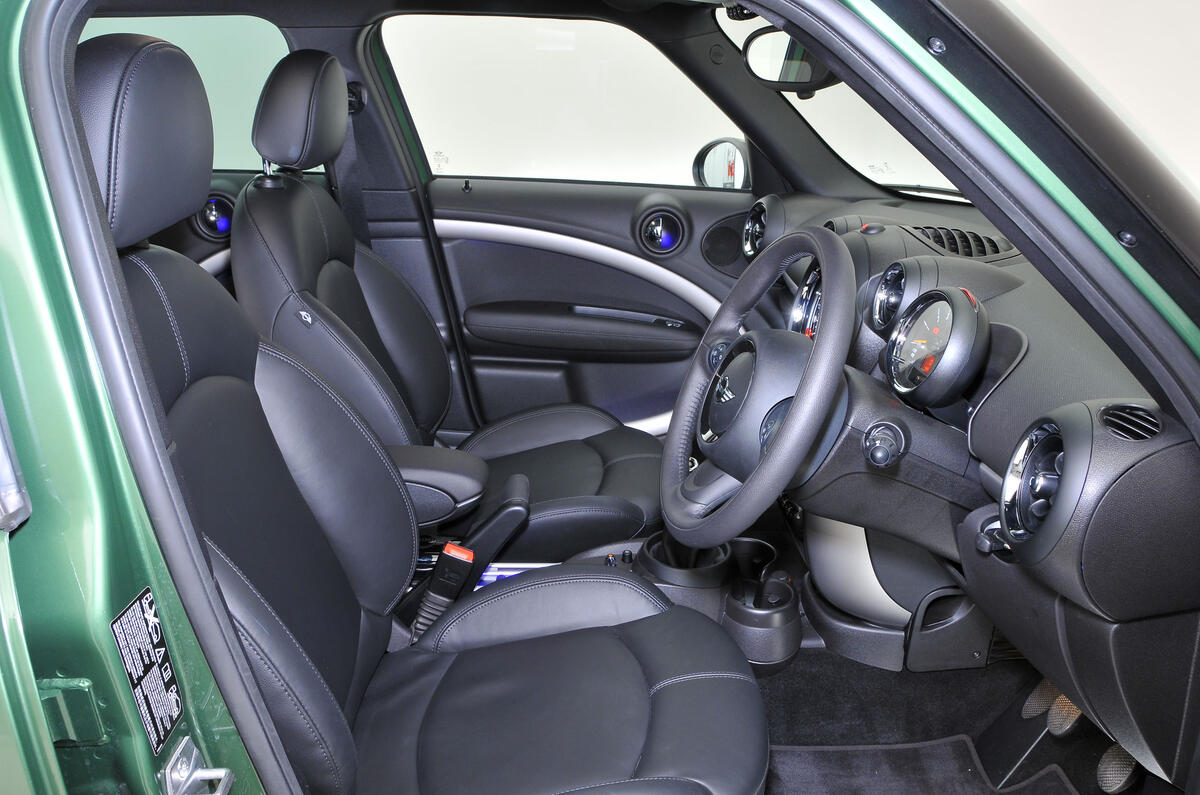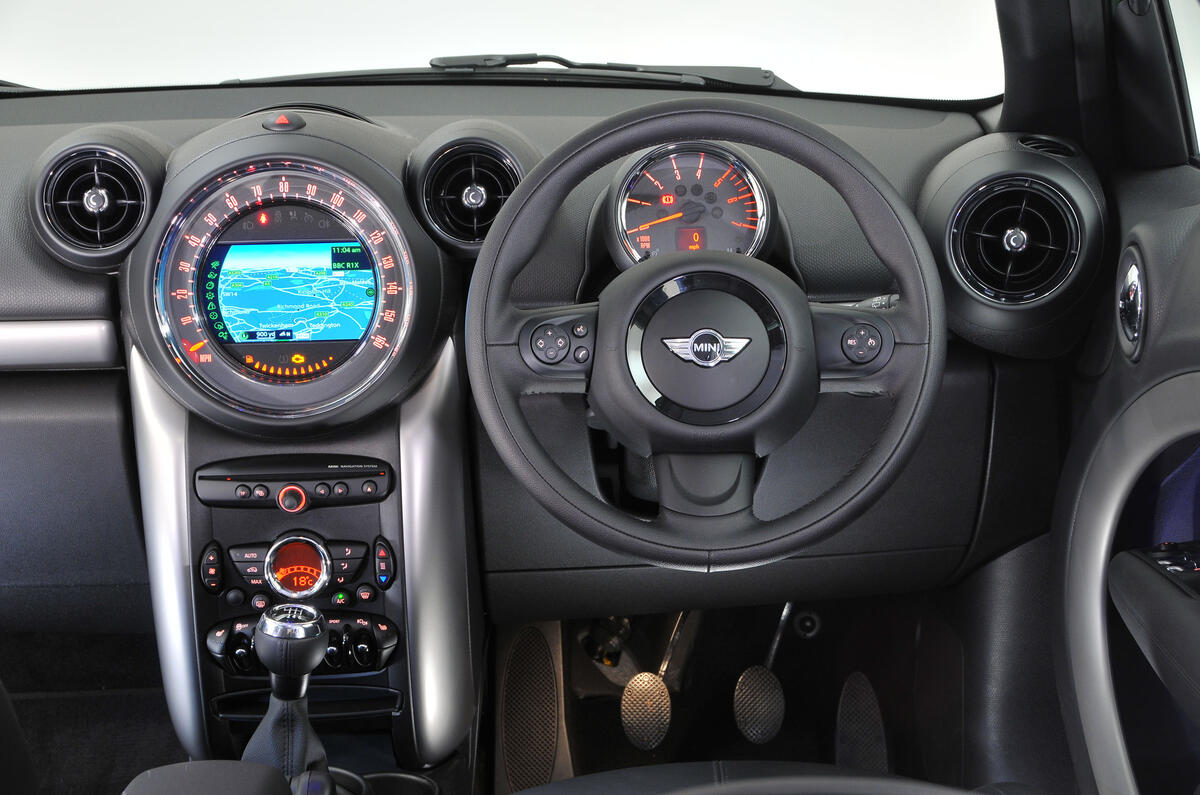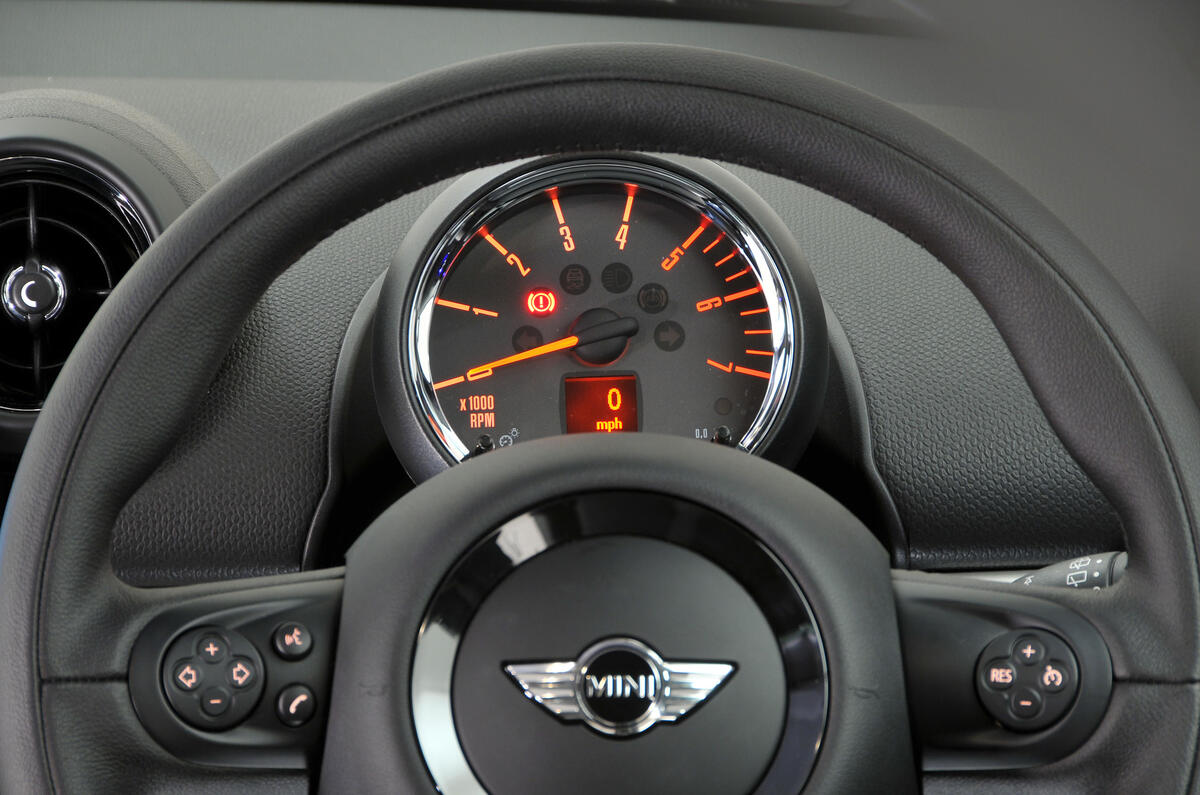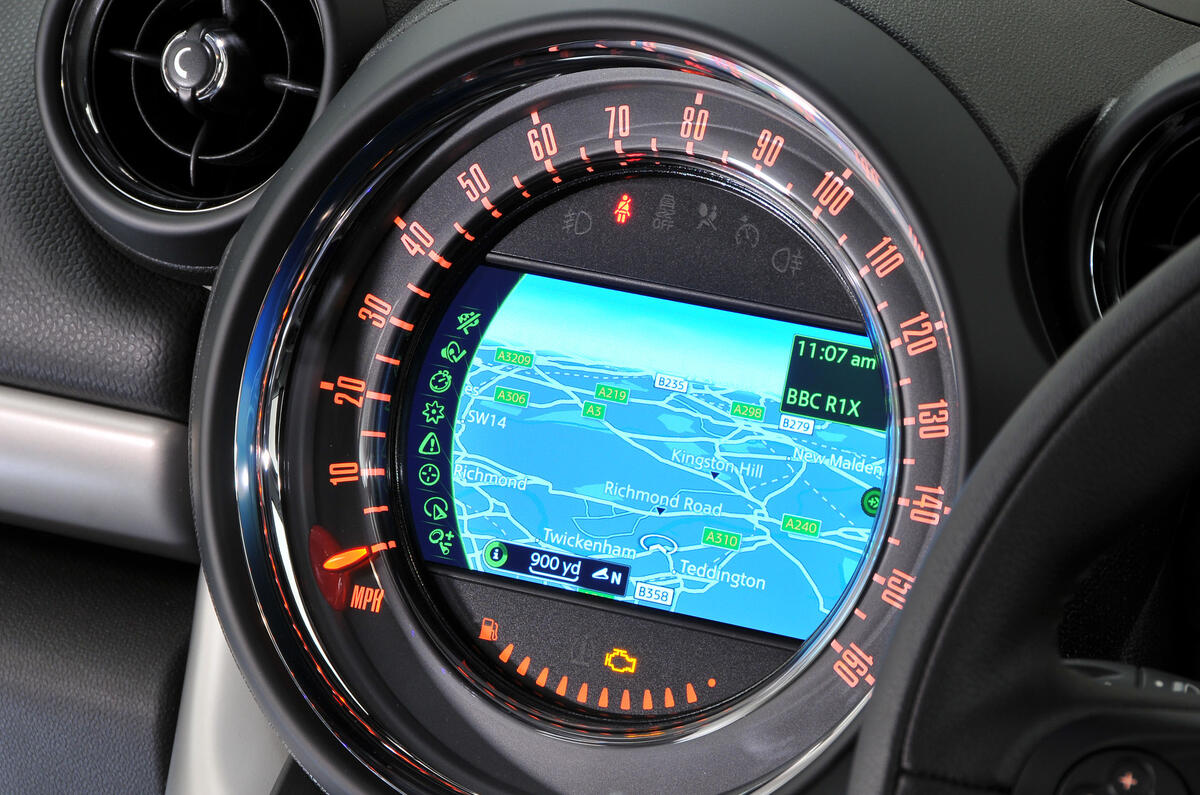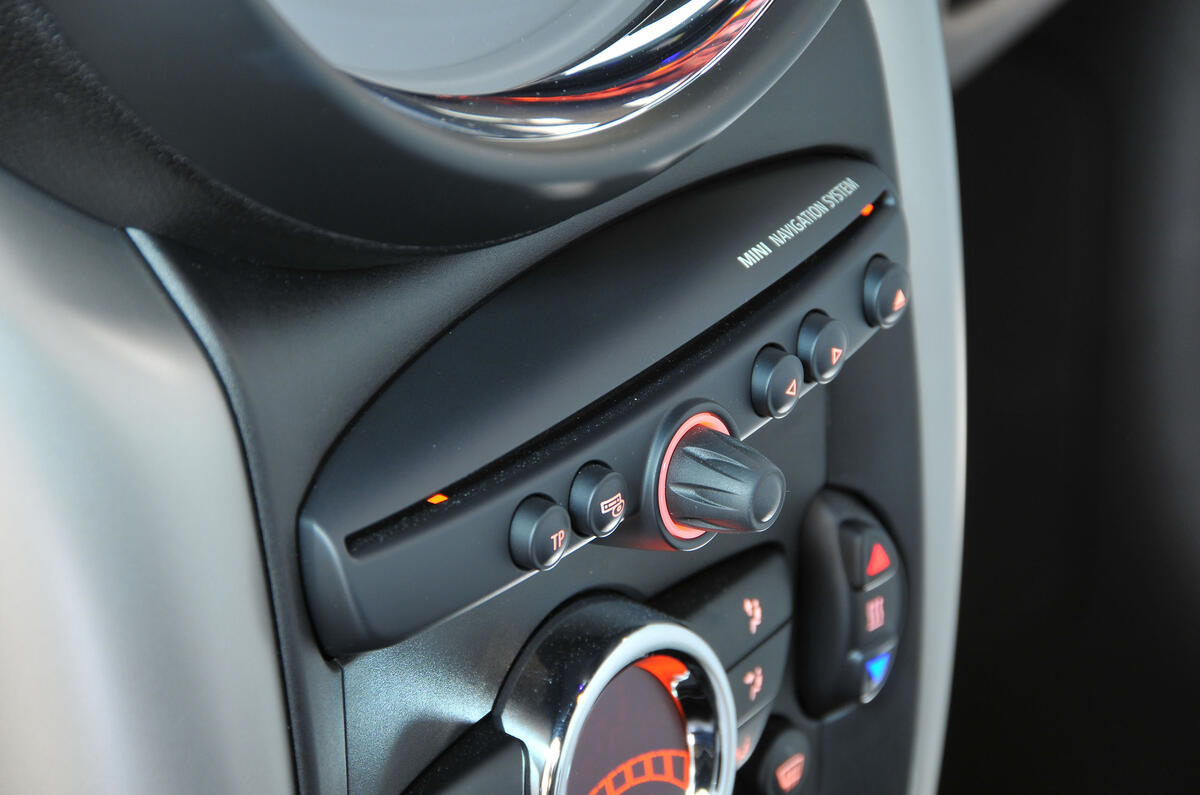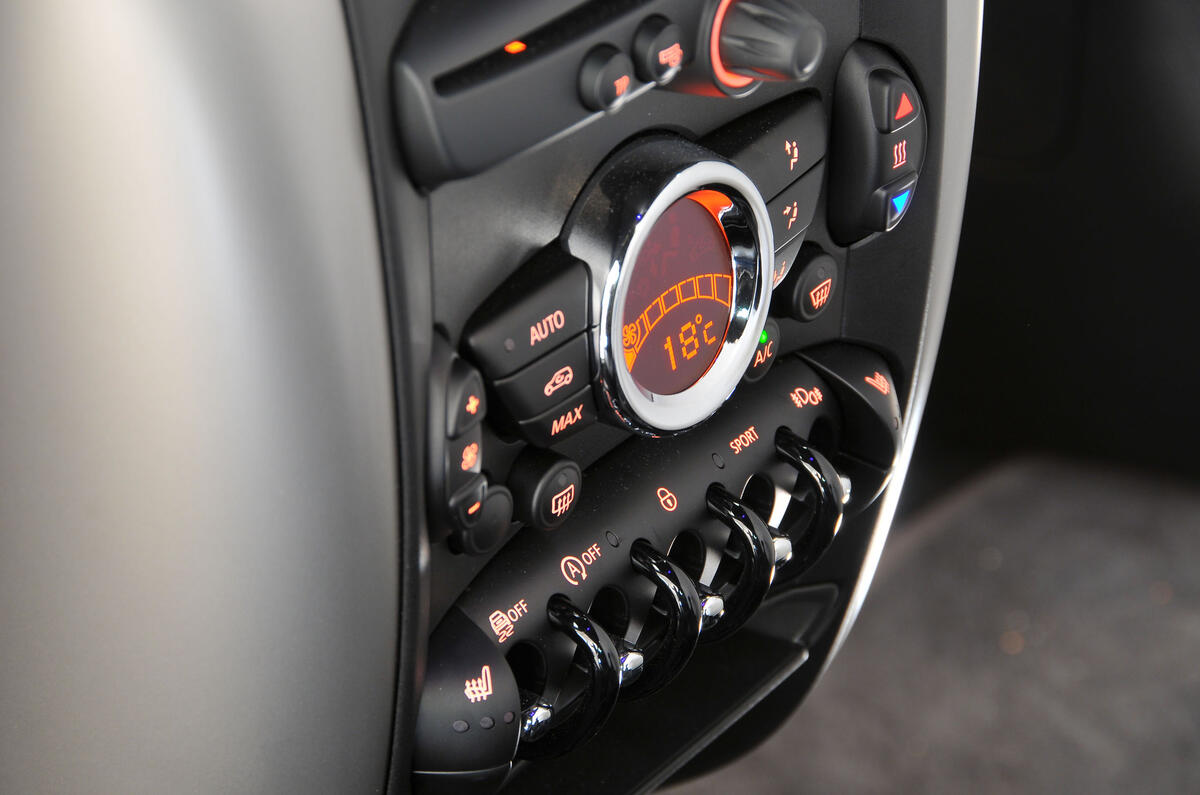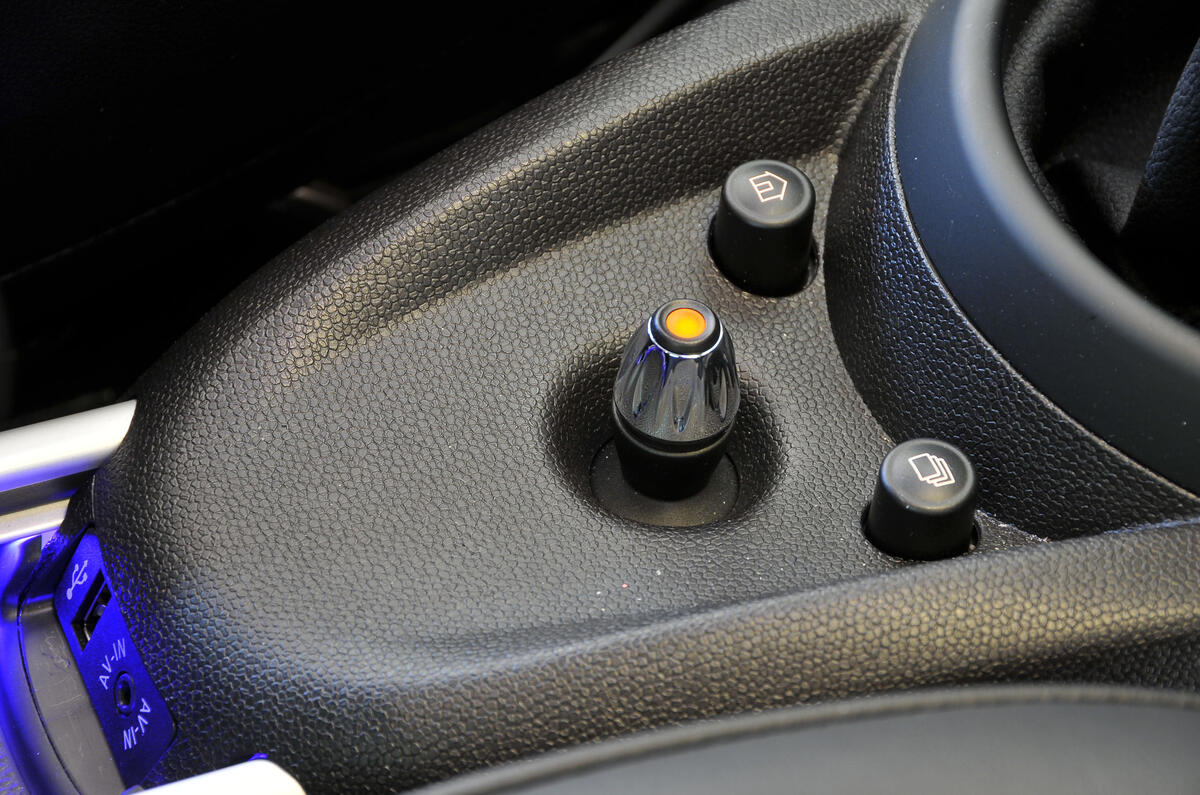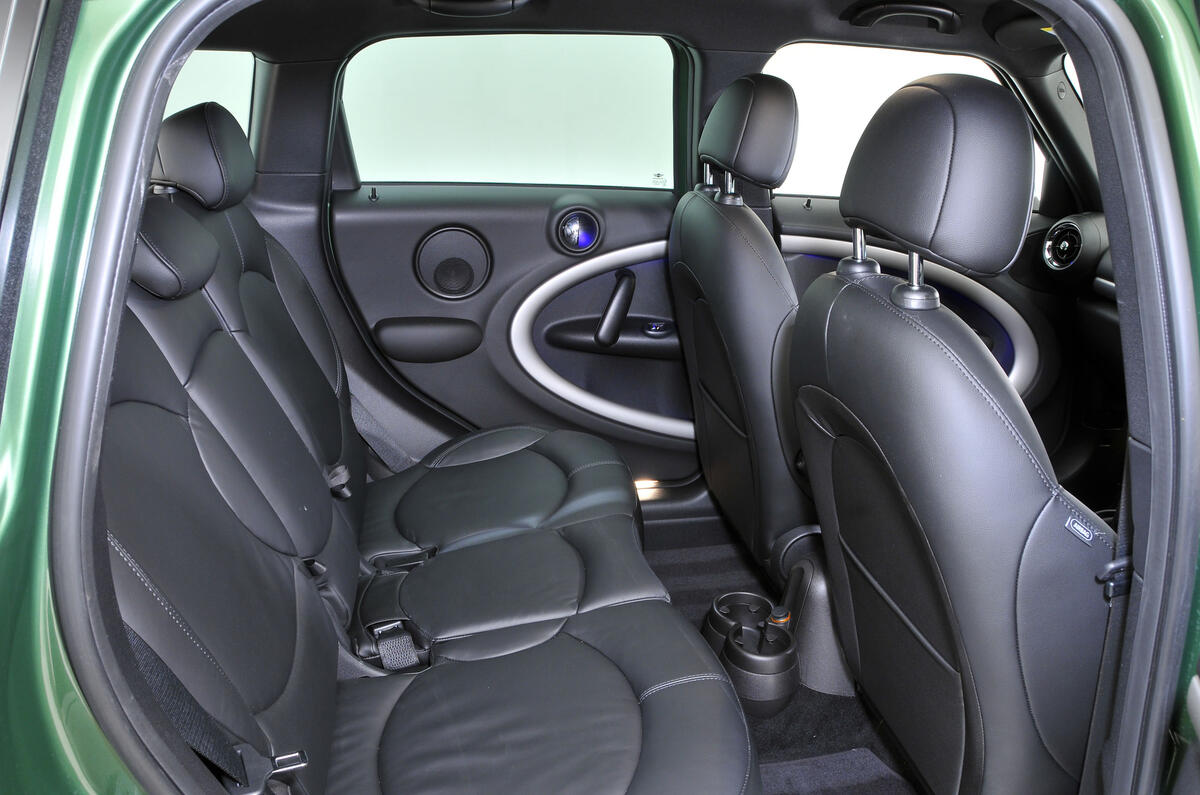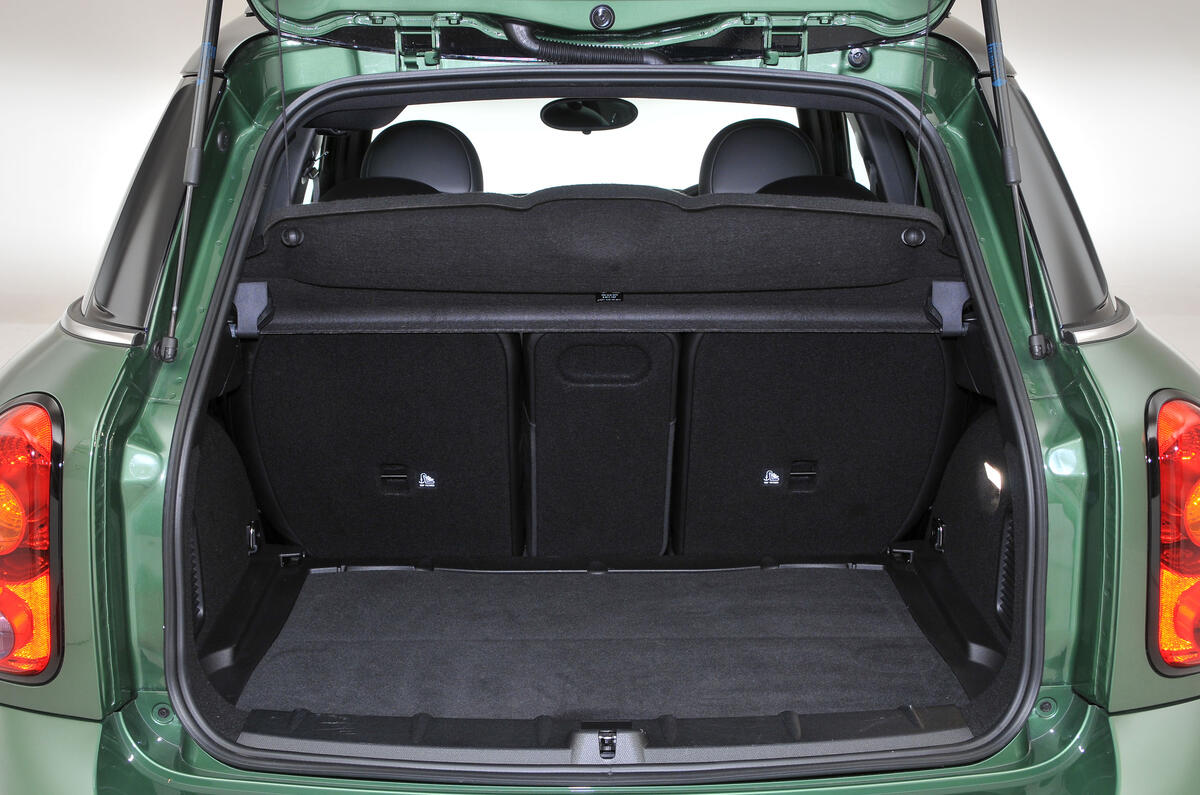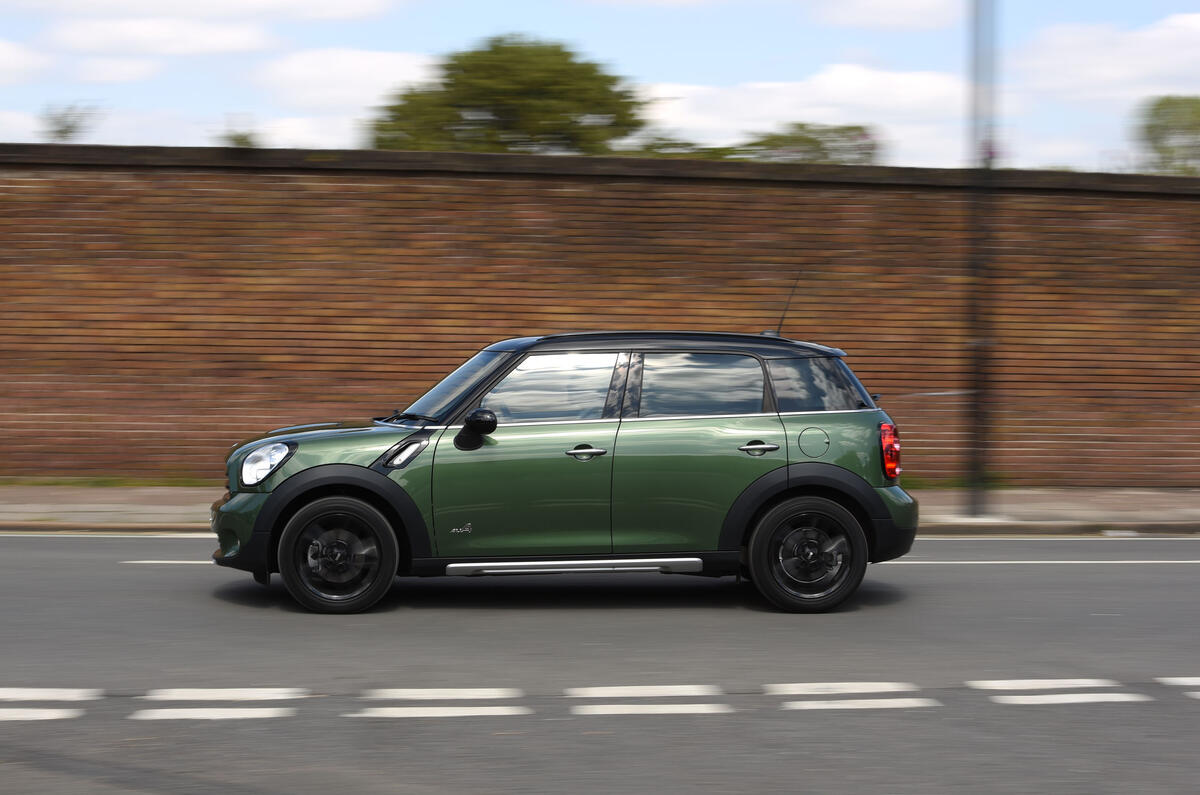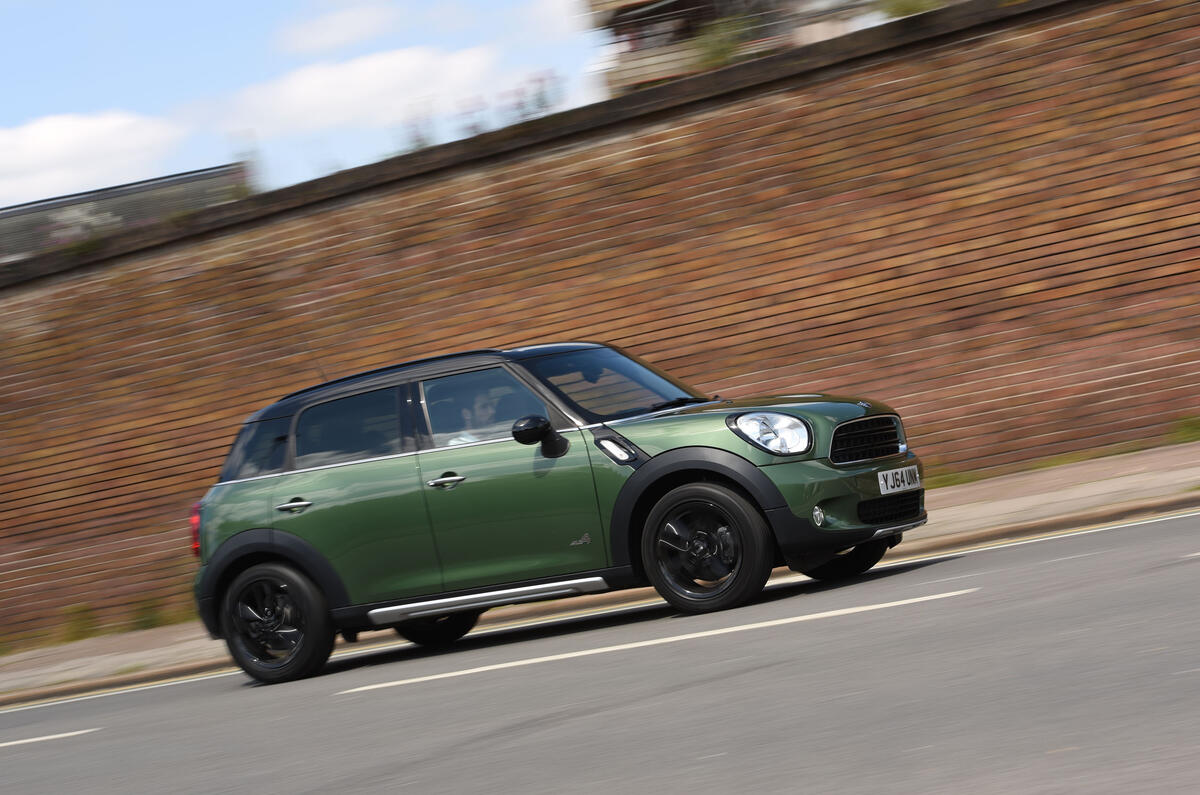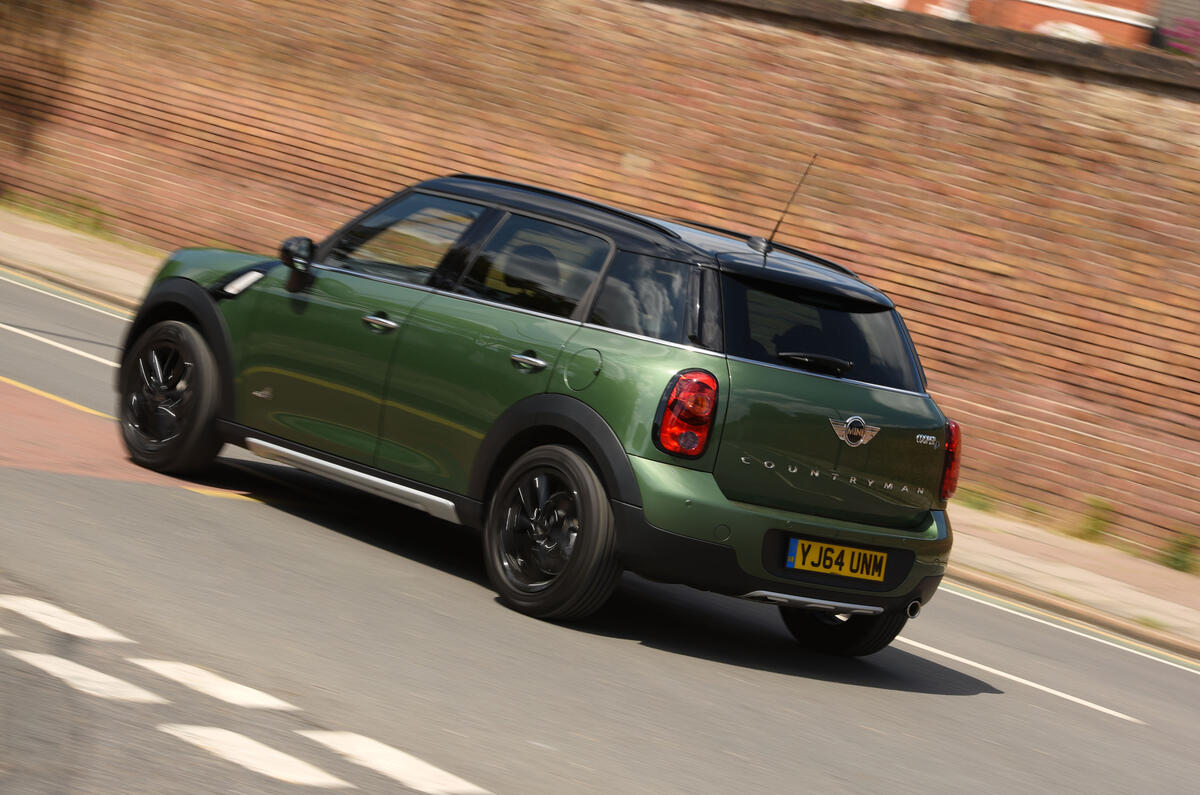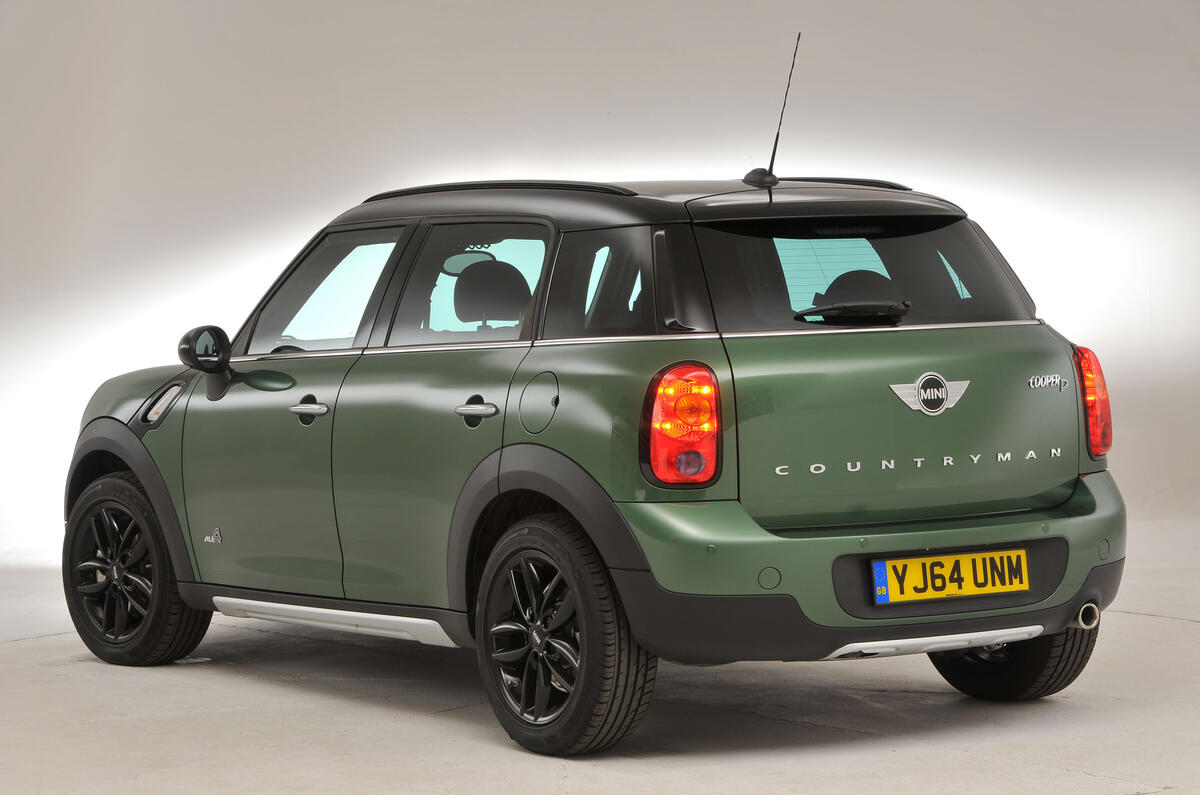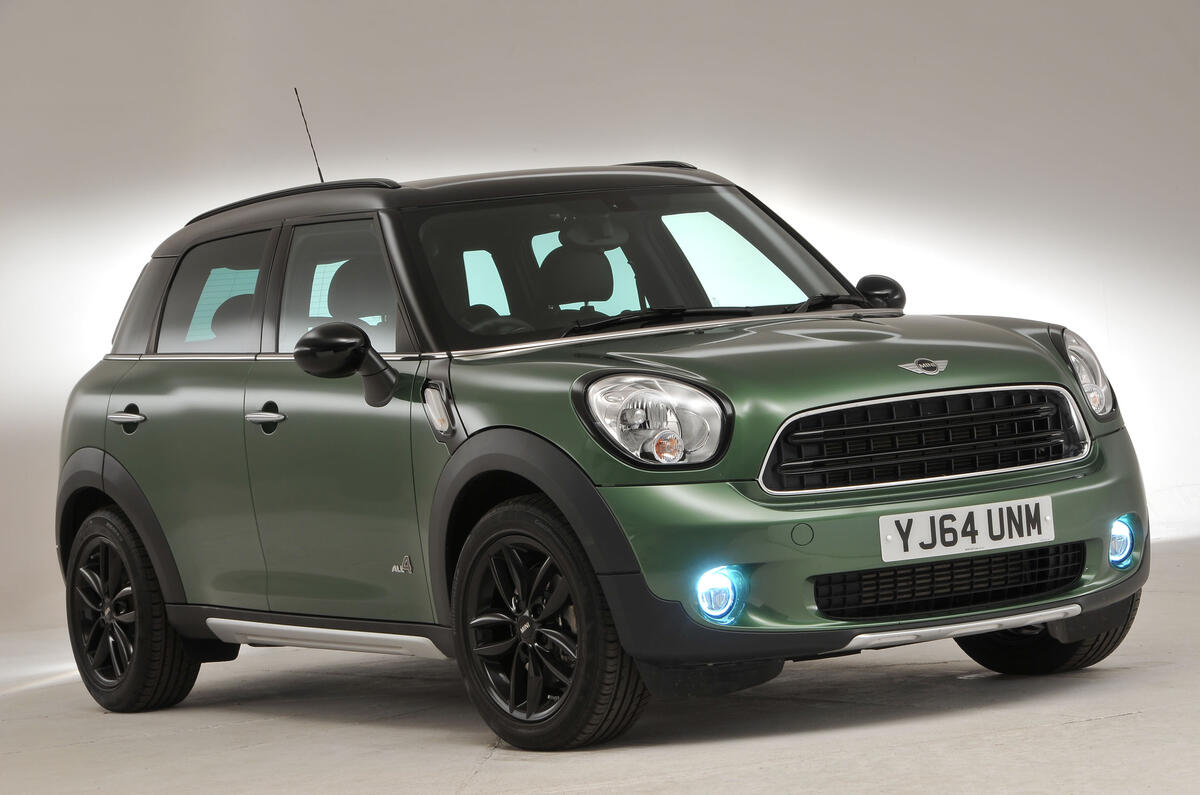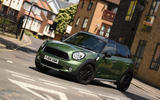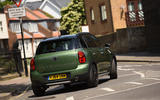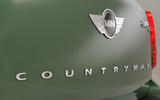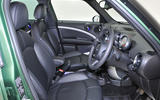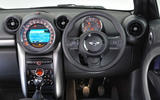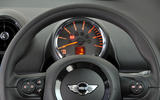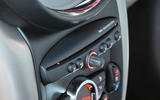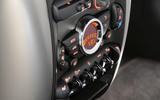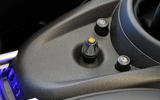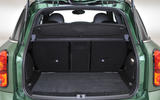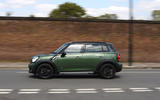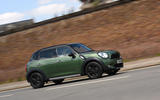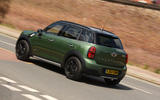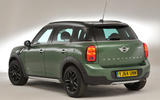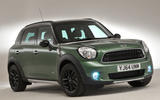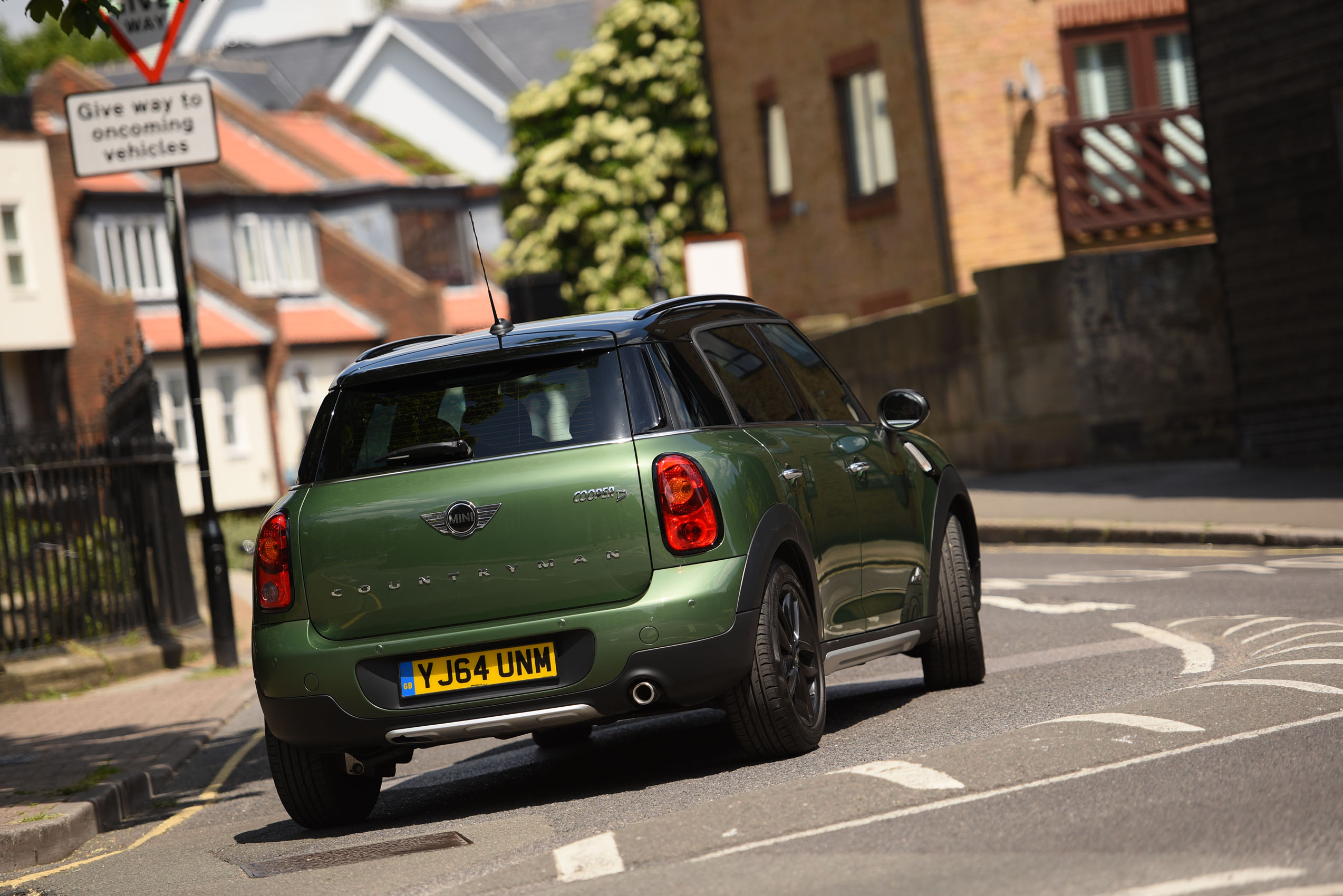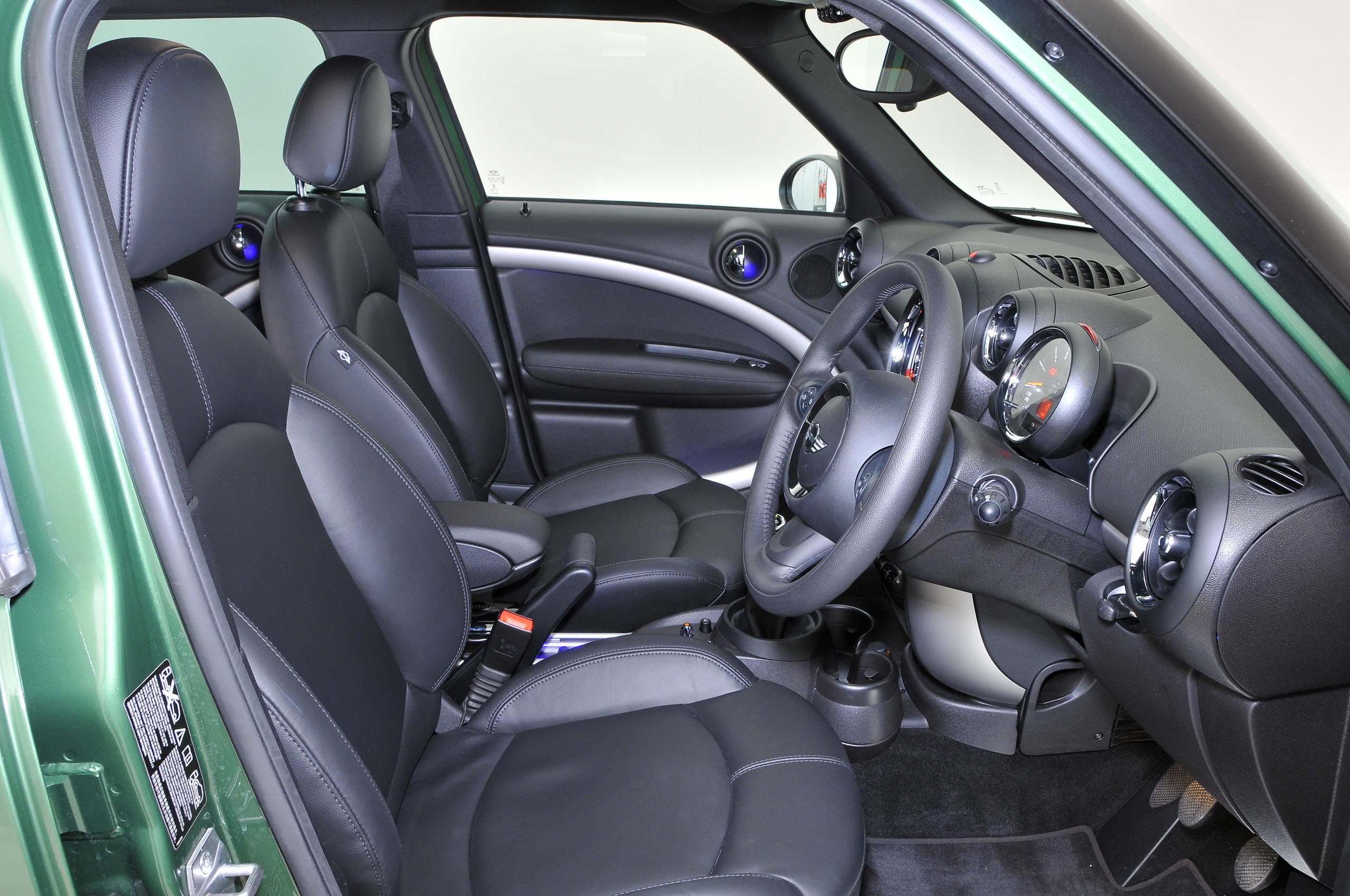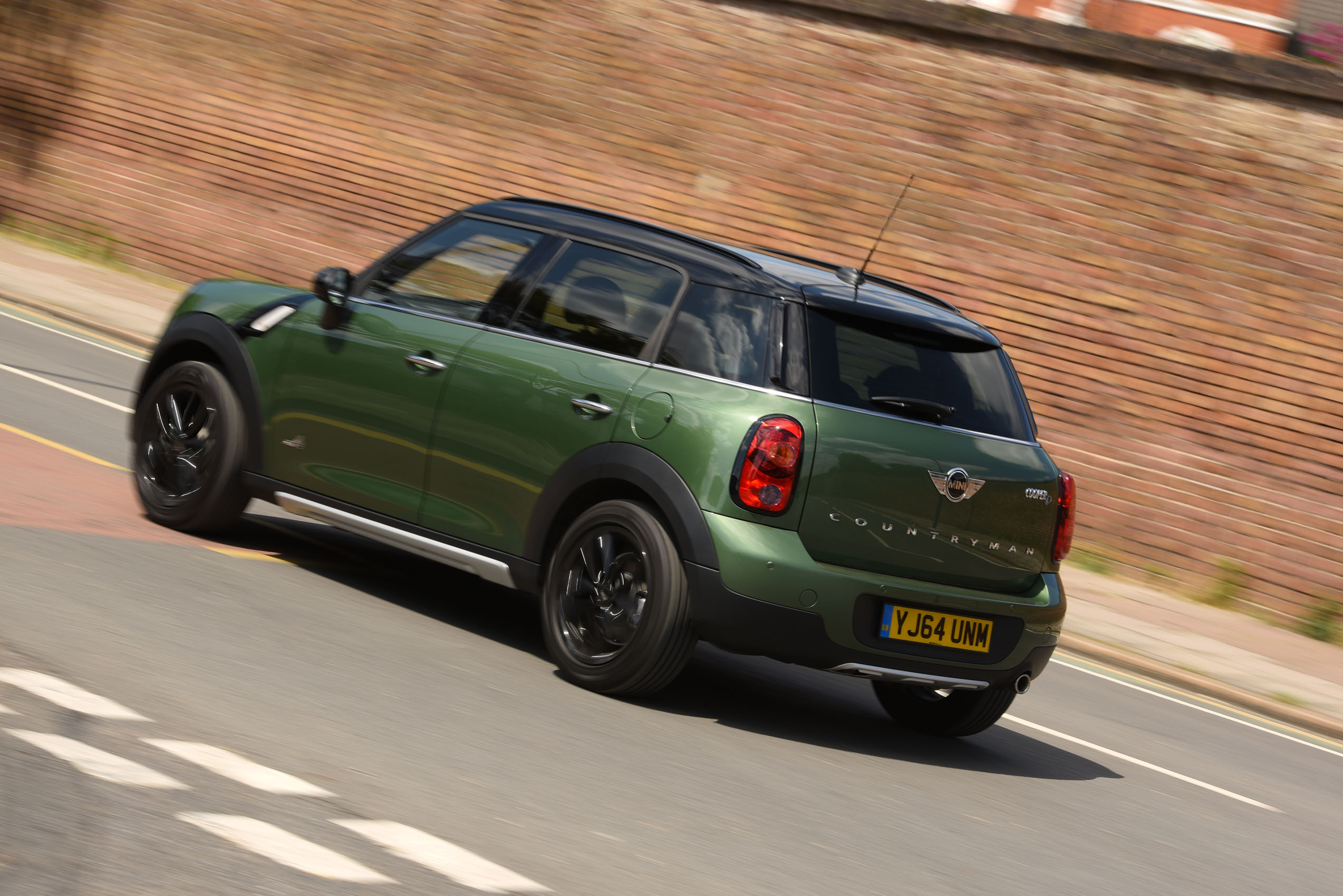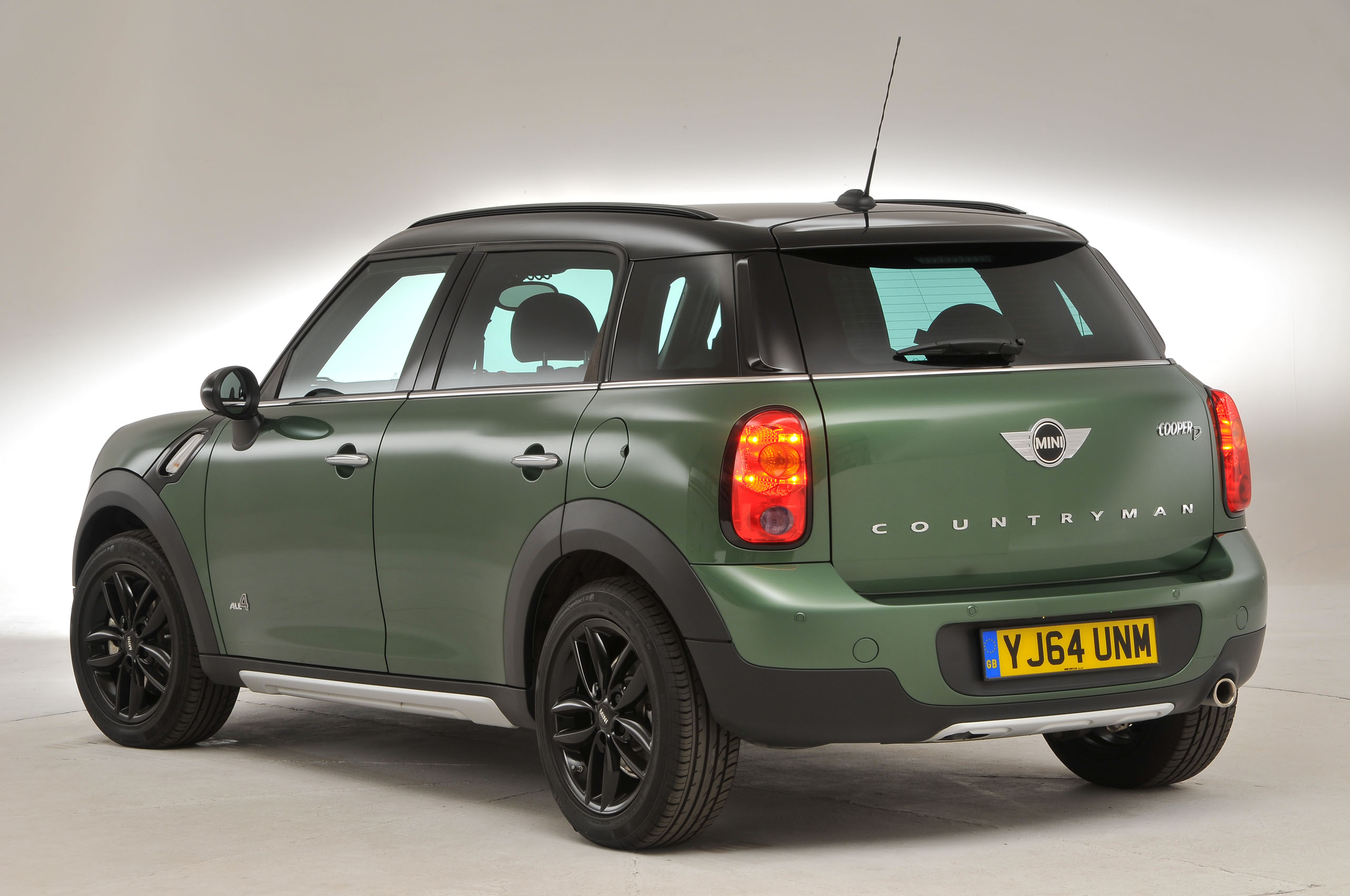Oddly, it is the current Mini Clubman that should be named Mini Countryman, given that the original 1961 Austin Mini Countryman was a two-door estate.
The Countryman was notable particularly for the wooden inserts fitted to top-spec models to give it a visual link to the Morris Minor estate. But instead of a Mini estate, the Countryman name now represents a model that is not only the brand’s first-ever SUV but also its first four-wheel-drive vehicle.
The last time a Mini gained a four-metre-long, four-door sister model in its manufacturer’s range, it was 1969, a decade after the original model’s inception. Back then, the four-door in question was Alex Issigonis’s last design and the car was called (partly in homage to its smaller forebear) not Mini, but Maxi. This time around the sister model is still being called a Mini, with Countryman attached as a passing suffix. However, this modern-day ‘Maxi’ is built more than a thousand miles away from its UK-built Mini brethren at Magna Steyr’s plant in Graz, Austria.
What the Countryman does represent, however, is the biggest stretch yet for Mini – for the car and the brand. Never before had a Mini ventured to this size or level of practicality, in an effort to catch a new audience – or, perhaps, to retain a customer base that might otherwise grow out of its cars. It would be fair to say this exercise in targetting what the customer wants rather sticking to traditions has benefitted the brand, as the Mini 5-door hatch will testify.


